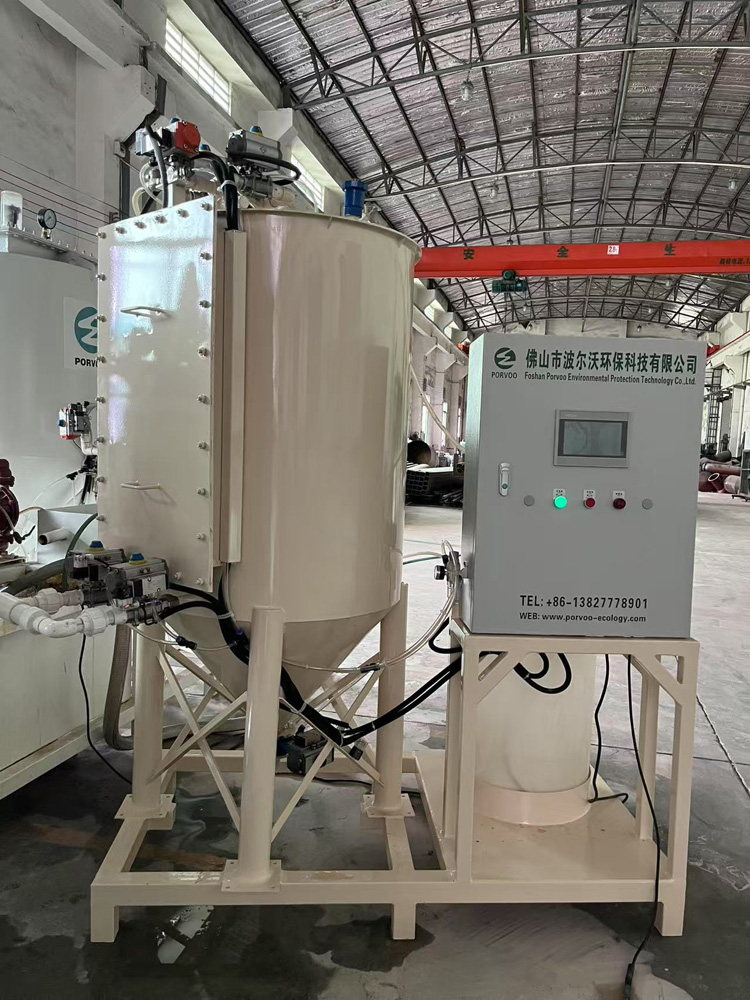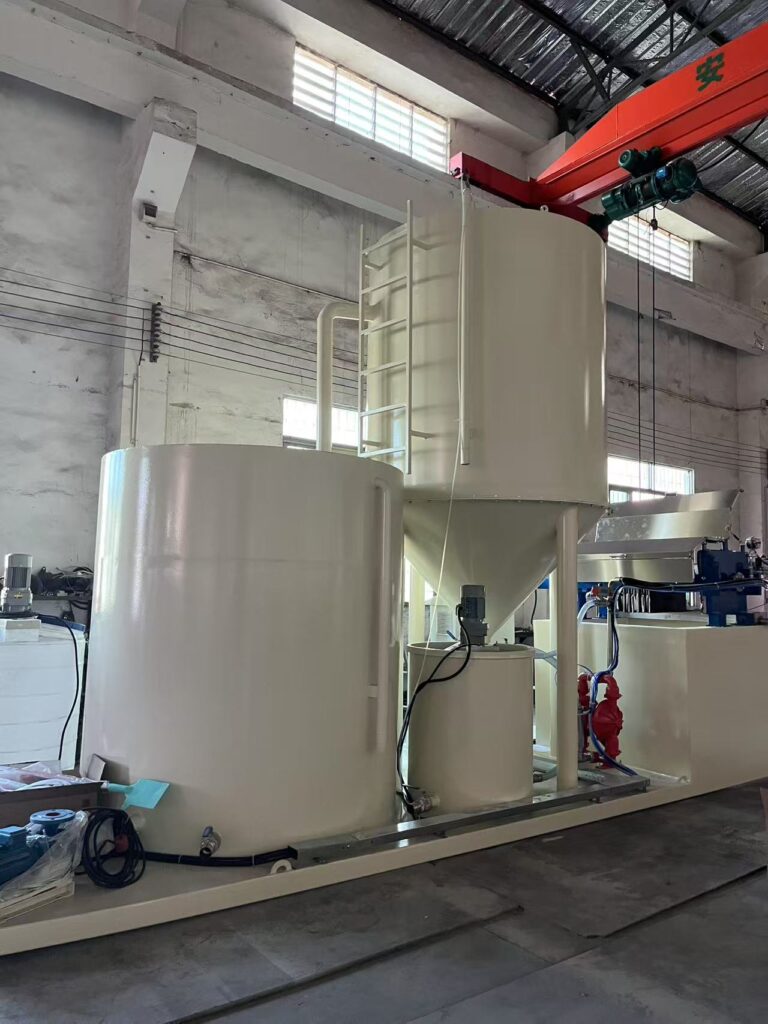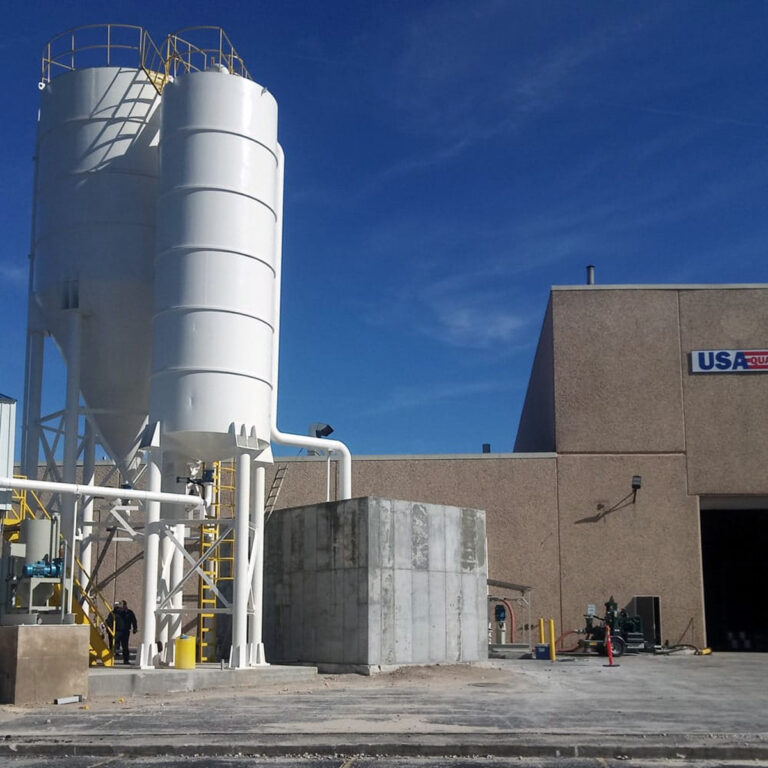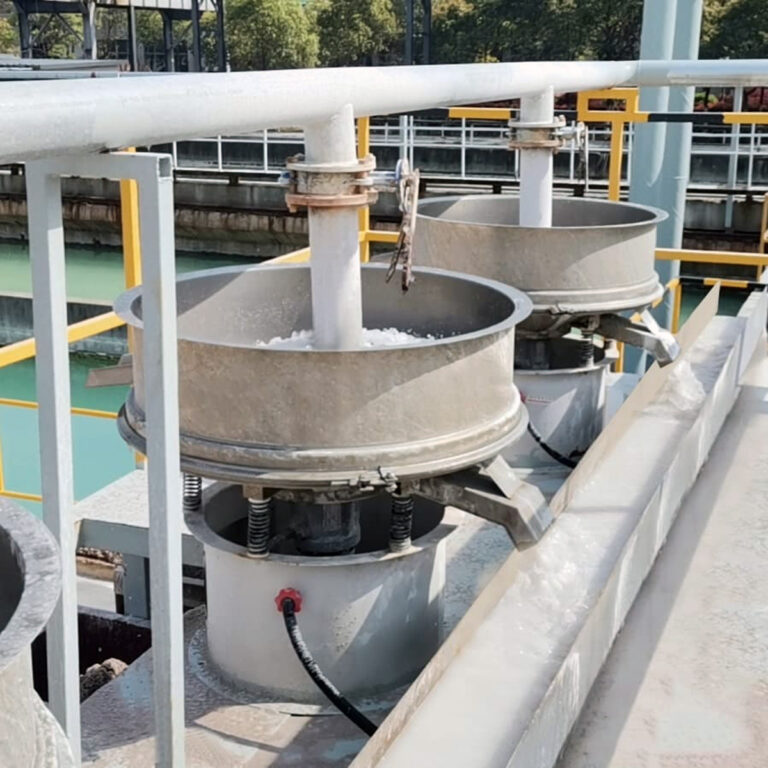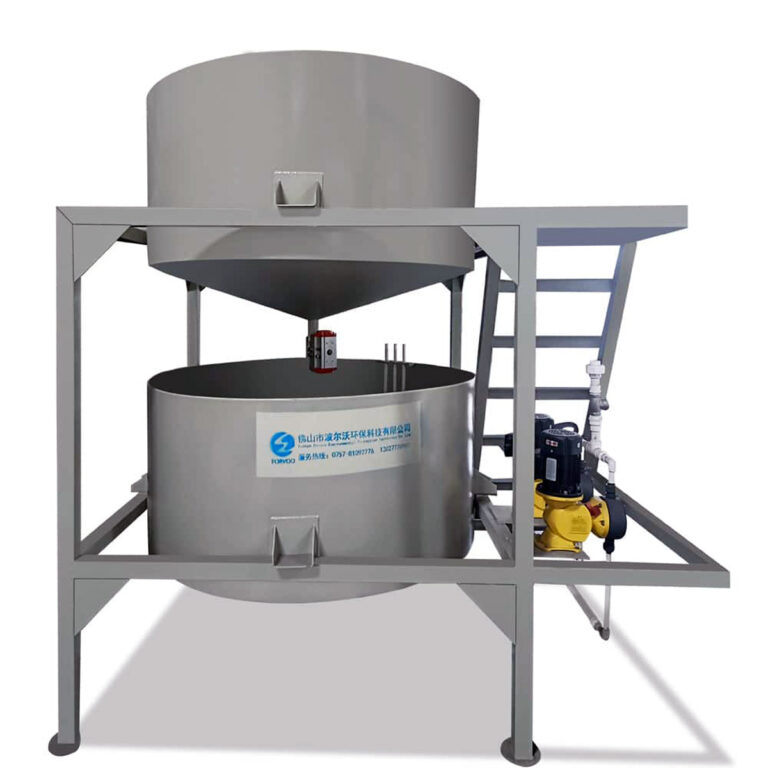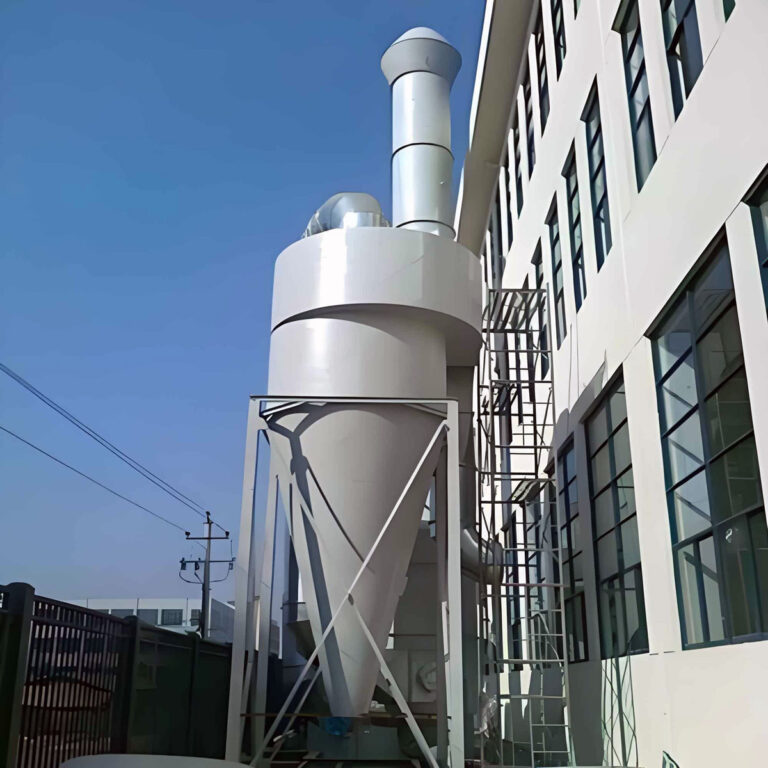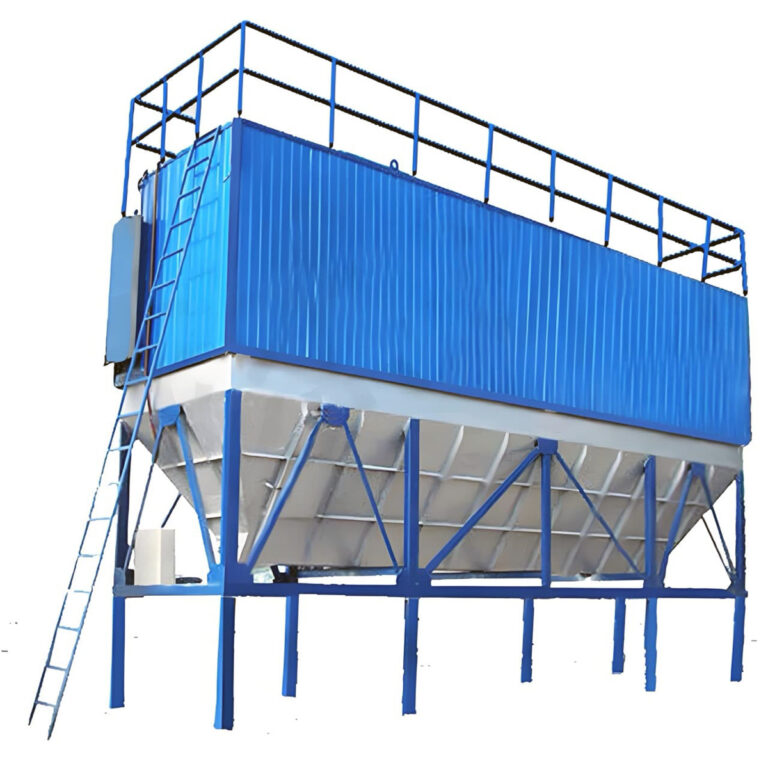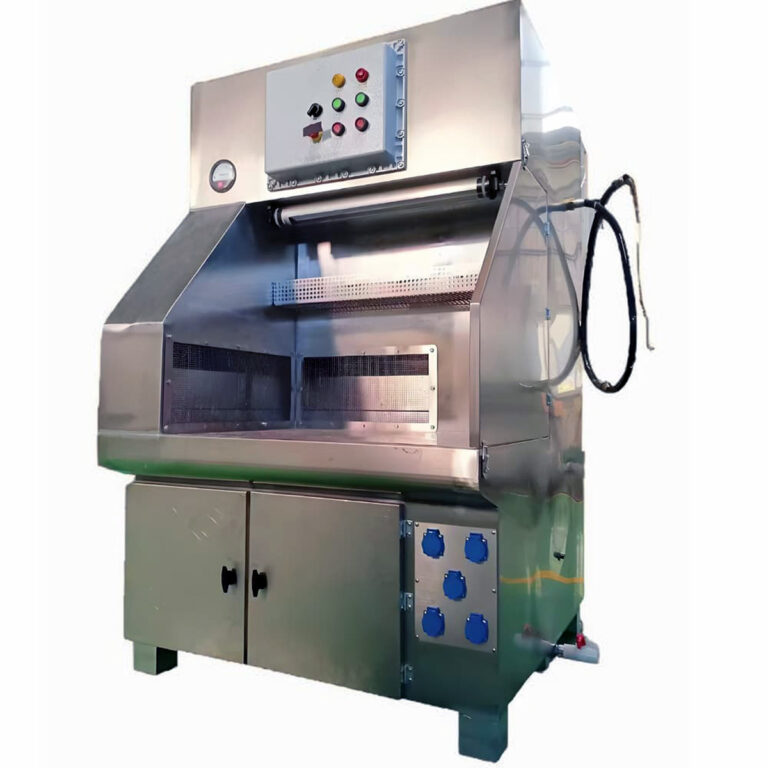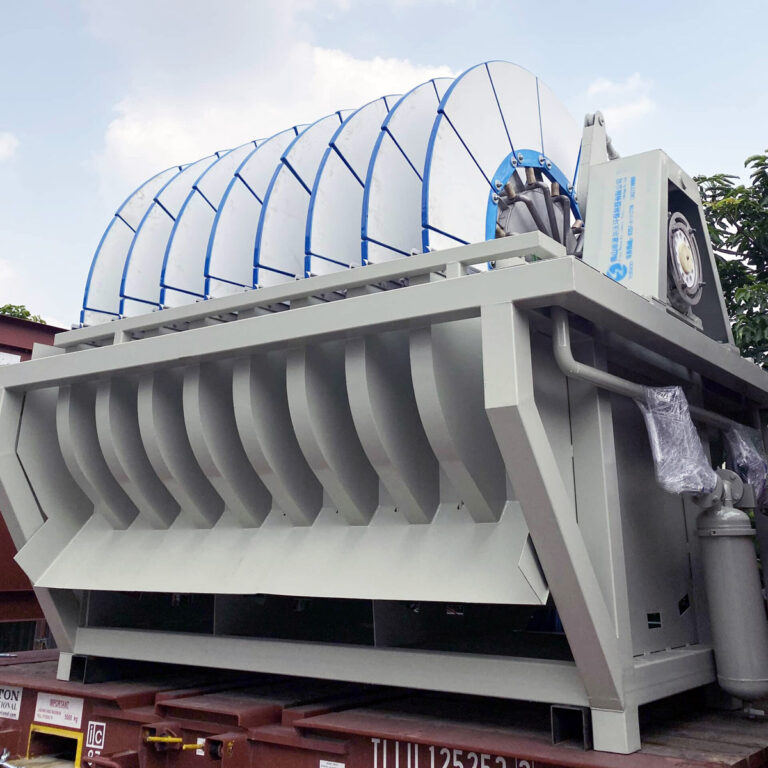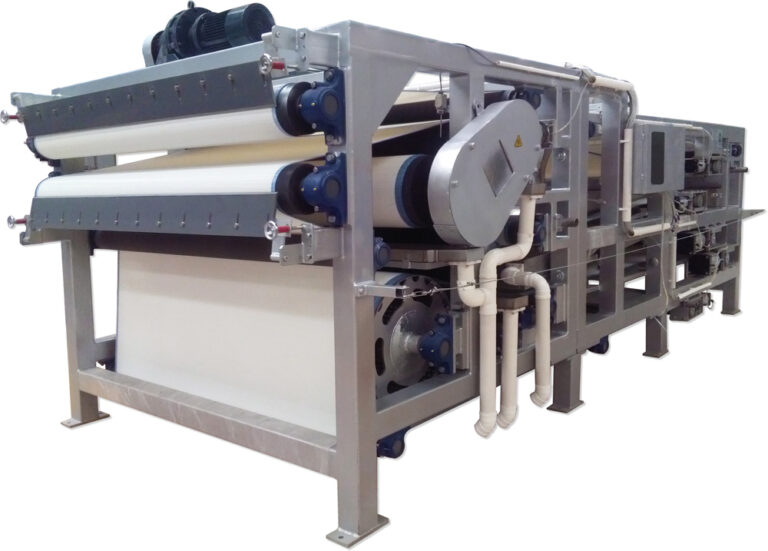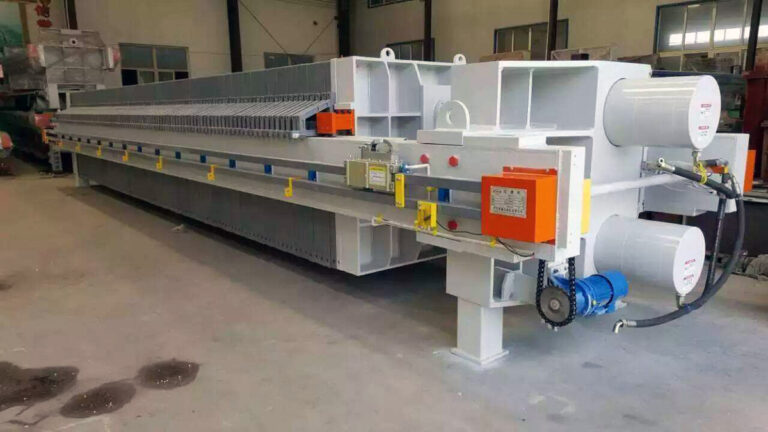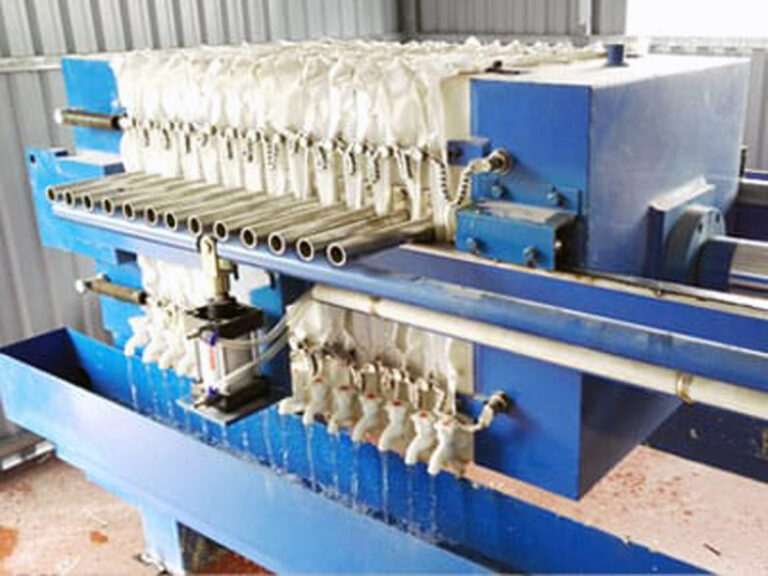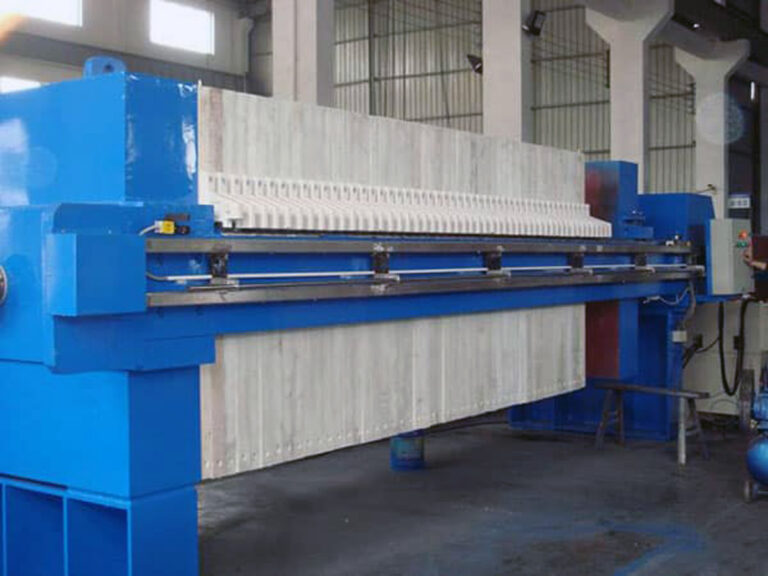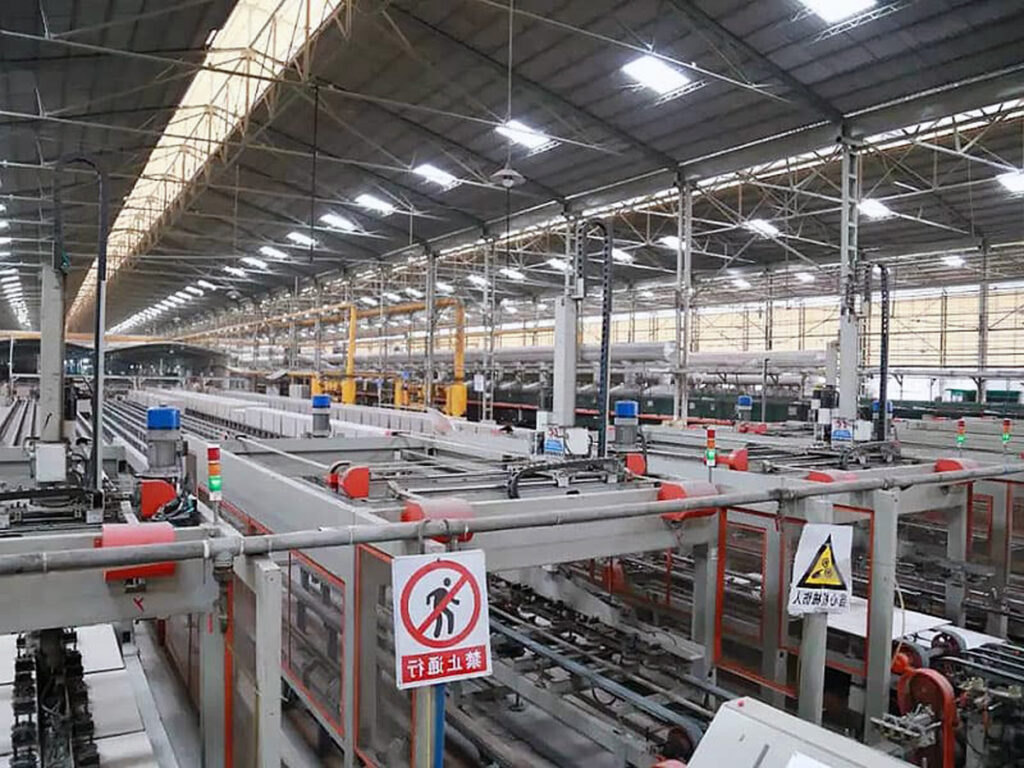Industrial wastewater treatment encompasses the processes used to remove contaminants from water discharged by manufacturing facilities, chemical plants, refineries, and other industrial operations. Unlike municipal wastewater, industrial effluent contains complex pollutants including heavy metals, organic solvents, acids, alkalis, and specialized chemicals that require targeted treatment approaches.
The significance of proper treatment extends beyond environmental stewardship. Modern PORVOO industrial facilities recognize that effective wastewater management directly impacts operational efficiency, regulatory compliance, and long-term profitability. Industries generating high-strength wastewater—such as petrochemicals, pharmaceuticals, and food processing—face particularly stringent discharge standards that demand sophisticated treatment technologies.
Current regulatory frameworks mandate specific effluent quality standards that vary by industry and geographic location. The Clean Water Act requires industrial facilities to meet both technology-based effluent limitations and water quality-based standards. In our experience, facilities that proactively exceed minimum compliance requirements often achieve better operational stability and reduced regulatory scrutiny.
| Industry Sector | Typical Contaminants | Treatment Complexity | Discharge Standards |
|---|---|---|---|
| Chemical Manufacturing | Heavy metals, organic solvents, acids | High | < 1.0 mg/L metals |
| Food Processing | BOD, suspended solids, oils | Medium | BOD < 25 mg/L |
| Textile | Dyes, chemicals, high pH | High | pH 6.0-9.0 |
| Pharmaceutical | APIs, solvents, nutrients | Very High | Specific compound limits |
How Do Industrial Wastewater Treatment Systems Work?
Industrial wastewater treatment systems operate through a multi-stage process designed to systematically remove different types of contaminants. The treatment train typically progresses from physical separation to chemical treatment, followed by biological processes and advanced polishing steps.
Primary Treatment Processes
Primary treatment focuses on removing settleable solids and floating materials through physical separation mechanisms. Screening systems capture large debris, while primary clarifiers allow suspended solids to settle under gravitational force. Oil-water separators utilize density differences to remove hydrocarbons and other immiscible liquids.
According to Water Environment Federation research, properly designed primary treatment systems can remove 50-70% of suspended solids and 25-40% of BOD from industrial wastewater. These removal rates significantly reduce the organic loading on downstream treatment processes, improving overall system efficiency and reducing operational costs.
Secondary Treatment Technologies
Secondary treatment employs biological processes to degrade dissolved organic pollutants. Activated sludge systems, the most common secondary treatment method, utilize microorganisms to consume organic matter under controlled conditions. Extended aeration systems provide longer retention times for treating high-strength industrial wastewater.
Membrane bioreactors (MBRs) represent an advanced secondary treatment approach that combines biological treatment with membrane filtration. These systems achieve superior effluent quality while maintaining a smaller footprint—particularly valuable for space-constrained industrial facilities.
Advanced Treatment Methods
Advanced treatment technologies address specific contaminants that resist conventional biological treatment. Reverse osmosis systems remove dissolved salts and trace organics, achieving water quality suitable for reuse applications. Advanced oxidation processes (AOPs) break down persistent organic compounds through chemical oxidation.
Industry data indicates that facilities implementing advanced treatment typically achieve 90-95% removal efficiency for target contaminants. While these technologies require higher capital investment, they often enable water reuse opportunities that offset operational costs over time.
What Are the Main Types of Industrial Wastewater Treatment Equipment?
The selection of appropriate treatment equipment depends on wastewater characteristics, discharge requirements, and facility-specific constraints. Understanding the capabilities and limitations of different equipment types enables informed decision-making for system design and optimization.
Physical Treatment Equipment
Physical treatment equipment removes contaminants through mechanical processes without chemical addition. Dissolved air flotation (DAF) units effectively separate suspended solids and oils by attaching fine air bubbles to particles, causing them to float for surface removal. These systems typically achieve 85-95% removal efficiency for suspended solids.
Filtration systems ranging from conventional sand filters to advanced membrane technologies provide polishing treatment for suspended solids removal. Ultrafiltration membranes can achieve turbidity levels below 0.1 NTU, making them suitable for applications requiring high-quality effluent or water reuse.
Chemical Treatment Systems
Chemical treatment systems utilize precipitation, coagulation, and flocculation processes to remove dissolved contaminants. pH adjustment systems neutralize acidic or alkaline wastewater, while coagulant addition systems destabilize colloidal particles for enhanced settling. Properly designed chemical treatment can achieve heavy metal removals exceeding 99%.
It’s worth noting that chemical treatment systems require careful monitoring and control to maintain optimal performance. Overdosing chemicals increases operational costs without proportional benefit, while underdosing may result in compliance violations.
Biological Treatment Technology
Biological treatment systems harness microbial processes to degrade organic pollutants. Sequencing batch reactors (SBRs) provide flexible operation for facilities with variable flow rates and contaminant loads. These systems can be programmed to optimize treatment cycles based on real-time wastewater characteristics.
According to recent industry studies, biological treatment systems consistently achieve 80-95% BOD removal when properly designed and operated. However, these systems require careful attention to microbial health and may be sensitive to toxic shock loads from industrial processes.
How to Choose the Right Factory Wastewater Solutions for Your Industry?
Selecting appropriate wastewater treatment solutions requires careful consideration of industry-specific requirements, regulatory constraints, and operational objectives. The most effective approach involves comprehensive characterization of wastewater streams followed by systematic evaluation of treatment alternatives.
Manufacturing Sector Requirements
Manufacturing facilities typically generate wastewater containing metalworking fluids, cleaning chemicals, and process-specific contaminants. Treatment systems must address variable flow rates and contaminant concentrations while maintaining consistent effluent quality. Modular treatment systems provide flexibility to accommodate production changes and facility expansion.
A mid-sized automotive parts manufacturer we evaluated achieved 94% reduction in suspended solids and 87% reduction in oil and grease using a combination of dissolved air flotation and biological treatment. The integrated industrial wastewater treatment solutions reduced discharge costs by $124,000 annually while ensuring consistent regulatory compliance.
Chemical Industry Considerations
Chemical manufacturing presents unique treatment challenges due to the diversity and complexity of potential contaminants. Treatment systems must be designed to handle pH variations, toxic compounds, and high-strength organic loads. Staged treatment approaches often prove most effective, with specialized pretreatment for specific waste streams.
Emergency containment and neutralization capabilities are essential for chemical industry applications. Facilities should incorporate equalization basins and emergency treatment protocols to manage upset conditions and prevent environmental releases.
Food Processing Applications
Food processing wastewater contains high levels of organic matter, nutrients, and suspended solids. Treatment systems must address these characteristics while managing seasonal variations in production. Anaerobic digestion systems can convert organic waste into biogas, providing renewable energy while reducing treatment costs.
Temperature control becomes critical in food processing applications, as elevated temperatures can inhibit biological treatment processes. Heat recovery systems can capture thermal energy while protecting downstream treatment equipment.
What Are the Benefits and Challenges of Commercial Wastewater Treatment?
Commercial wastewater treatment systems offer significant advantages for industrial facilities while presenting implementation and operational challenges that require careful consideration. Understanding these factors enables realistic project planning and successful system deployment.
Environmental and Regulatory Advantages
Properly designed treatment systems ensure consistent compliance with discharge regulations while minimizing environmental impact. Facilities implementing advanced treatment often achieve effluent quality that exceeds regulatory requirements, providing operational buffer for process variations. This approach reduces regulatory risk and demonstrates environmental stewardship to stakeholders.
Water reuse opportunities represent an increasingly important benefit of advanced treatment systems. Facilities can reduce freshwater consumption by 30-60% through process water recycling, particularly valuable in water-stressed regions or industries with high water costs.
Economic Considerations and ROI
While treatment systems require significant capital investment, they often generate positive returns through reduced discharge fees, water purchase savings, and avoided compliance costs. EPA data indicates that facilities with modern treatment systems average 65% lower compliance-related expenses compared to those with older equipment.
The payback period for treatment system investments typically ranges from 3-7 years, depending on system complexity and local cost structures. Facilities in regions with high water costs or stringent regulations often achieve faster payback periods due to greater operational savings.
Implementation Challenges
Treatment system implementation requires careful coordination with ongoing operations to minimize production disruption. Phased installation approaches allow facilities to maintain operations while gradually transitioning to new treatment infrastructure. However, this approach may require temporary treatment measures that increase short-term costs.
Skilled operator requirements present an ongoing challenge for many facilities. Modern treatment systems incorporate automation and remote monitoring capabilities, but still require knowledgeable personnel for optimization and troubleshooting. Training programs and vendor support agreements help address this challenge.
How Much Do Industrial Water Treatment Systems Cost?
Treatment system costs vary significantly based on capacity, treatment complexity, and site-specific requirements. Understanding cost drivers and typical price ranges enables realistic budgeting and vendor evaluation for your specific application.
Capital costs for industrial wastewater treatment systems typically range from $50,000 to $2,000,000 depending on flow rate and treatment requirements. Basic physical-chemical treatment systems for small facilities may cost $50,000-$200,000, while advanced treatment systems for large industrial facilities can exceed $1,000,000.
| System Type | Capacity Range | Typical Cost Range | Installation Factor |
|---|---|---|---|
| Basic Treatment | 10,000-50,000 GPD | $75,000-$300,000 | 1.3-1.5x |
| Advanced Treatment | 50,000-200,000 GPD | $300,000-$1,200,000 | 1.4-1.8x |
| Specialized Systems | 200,000+ GPD | $1,200,000+ | 1.6-2.2x |
Operating costs typically represent 15-25% of capital costs annually, including energy, chemicals, labor, and maintenance. Energy costs dominate operating expenses for advanced treatment systems, particularly those utilizing membrane technologies or advanced oxidation processes.
What Are the Latest Innovations in Industrial Wastewater Treatment?
The industrial wastewater treatment sector continues evolving through technological innovation and digitalization. Emerging technologies promise improved treatment efficiency, reduced operational costs, and enhanced environmental performance for forward-thinking facilities.
Membrane technology advances have significantly improved treatment capabilities while reducing costs. Next-generation reverse osmosis membranes demonstrate 30% higher flux rates with improved fouling resistance. These improvements reduce energy consumption while extending membrane life, lowering total treatment costs.
Artificial intelligence and machine learning applications are transforming treatment system optimization. Smart control systems analyze real-time data to optimize chemical dosing, adjust process parameters, and predict maintenance requirements. Early adopters report 15-25% reductions in operational costs through automated optimization.
“The integration of AI-driven process control with advanced sensor networks represents the future of industrial wastewater treatment,” notes Dr. Sarah Chen, Water Technology Research Institute. “These systems can respond to changing conditions faster than human operators while maintaining optimal treatment performance.”
Electrochemical treatment technologies offer promising alternatives for specific applications. Electrocoagulation systems remove contaminants without chemical addition, while electrooxidation processes can degrade persistent organic compounds. These technologies particularly benefit facilities seeking to minimize chemical usage and sludge generation.
How to Maintain and Optimize Your Treatment System Performance?
Effective maintenance and optimization strategies ensure reliable treatment system performance while minimizing life-cycle costs. Proactive maintenance approaches prevent equipment failures and maintain treatment efficiency over extended operational periods.
Preventive maintenance programs should include regular equipment inspections, performance monitoring, and scheduled component replacement. Membrane systems require particular attention to fouling control and chemical cleaning protocols. Well-maintained membrane systems can achieve 5-7 year service lives compared to 2-3 years for poorly maintained systems.
Performance monitoring systems track key parameters including flow rates, contaminant levels, and treatment efficiency. Trending analysis identifies gradual performance degradation before it impacts compliance or increases costs. Modern monitoring systems provide automated alerts and remote access capabilities for improved operational control.
Operator training programs ensure personnel understand system operation, troubleshooting procedures, and safety protocols. Regular training updates keep operators current with best practices and regulatory changes. Facilities with well-trained operators typically achieve 20-30% better treatment performance compared to those with minimal training programs.
Conclusion
Industrial wastewater treatment represents a critical component of modern manufacturing operations, balancing environmental responsibility with operational efficiency. This comprehensive guide has explored the technical foundations, equipment options, and strategic considerations necessary for successful treatment system implementation.
The key insights from our analysis highlight the importance of selecting treatment technologies matched to specific wastewater characteristics and regulatory requirements. Facilities achieving optimal results typically implement staged treatment approaches that combine physical, chemical, and biological processes tailored to their unique operational needs.
Looking ahead, emerging technologies including advanced membrane systems, artificial intelligence, and electrochemical treatment methods promise enhanced performance and reduced costs. Facilities that proactively adopt these innovations while maintaining robust maintenance programs will achieve competitive advantages through improved environmental performance and operational efficiency.
Your next steps should include comprehensive wastewater characterization, regulatory requirement analysis, and systematic evaluation of treatment alternatives. Consider engaging experienced professionals to guide technology selection and system design optimization. The investment in proper planning and design pays dividends through years of reliable operation and regulatory compliance.
As industrial environmental standards continue evolving, facilities with modern, well-designed treatment systems will be better positioned to adapt to changing requirements while maintaining operational efficiency. The time to act is now—environmental regulations are becoming more stringent, and the competitive advantages of superior wastewater management continue growing.
For facilities ready to implement proven factory wastewater solutions, partnering with experienced technology providers ensures successful project outcomes while minimizing implementation risks and maximizing long-term value.
Frequently Asked Questions
Q: What are Industrial Wastewater Treatment Systems?
A: Industrial Wastewater Treatment Systems are engineered setups designed to remove pollutants from wastewater generated by industrial processes. These systems combine various technologies such as physical, chemical, and biological treatments to ensure that the water meets regulatory standards before being discharged or reused. Their main goal is to protect the environment and human health by properly treating industrial effluents.
Q: Why is Industrial Wastewater Treatment important?
A: Treating industrial wastewater is critical to prevent harmful contaminants like heavy metals, oils, and toxic chemicals from polluting natural water bodies. Proper treatment helps industries comply with environmental regulations, avoid fines, and reduce their ecological footprint. Additionally, treated water can often be reused in processes, contributing to sustainability and lowering operational costs.
Q: What methods are commonly used in Industrial Wastewater Treatment Systems?
A: Common treatment methods include:
- Physical treatment: filtration, screening, and membrane filtration to remove suspended solids.
- Chemical treatment: pH adjustment, oxidation, and ion exchange to neutralize or eliminate specific contaminants.
- Biological treatment: using microorganisms to break down organic pollutants.
- Advanced processes: evaporation, crystallization, and membrane separation for challenging contaminants.
These methods are selected based on the industrial wastewater’s unique composition and treatment objectives.
Q: How do Industrial Wastewater Treatment Systems handle complex contaminants?
A: For complex wastewater with high levels of toxic or corrosive substances, systems may incorporate advanced technologies such as:
- Ion exchange to selectively remove heavy metals.
- Membrane technologies like reverse osmosis for fine filtration.
- Vacuum evaporation and distillation for concentrating and separating contaminants.
- Biological processes to degrade organic compounds.
These tailored approaches ensure effective purification even of difficult wastewater streams.
Q: What industries typically require Industrial Wastewater Treatment Systems?
A: Nearly all industries producing wastewater need treatment systems, including:
- Food and beverage manufacturing
- Petrochemical and chemical plants
- Mining operations
- Pharmaceutical production
- Automotive and power industries
Each industry has specific contaminants and volumes, so treatment systems are customized to meet their particular needs.
Q: How can Industrial Wastewater Treatment Systems adapt to changing wastewater conditions?
A: Effective systems are designed to be flexible and scalable, capable of handling fluctuations in pollutant levels and volumes. Engineers may incorporate modular components, automation, and real-time monitoring to adjust treatments dynamically. This adaptability prevents process disruptions, reduces costs, and ensures consistent compliance with discharge standards.
This FAQ provides a comprehensive overview of key aspects related to Industrial Wastewater Treatment Systems, helping readers understand the technology and its importance.
External Resources
Industrial Wastewater Treatment Guide – SAMCO Technologies – A comprehensive overview detailing key components, technologies, and processes used in industrial wastewater treatment systems, including step-by-step explanations of coagulation, flocculation, sedimentation, filtration, and advanced methods.
Industrial Wastewater Treatment: A Complete Guide | RespirTek – An in-depth guide presenting an eight-step process for industrial wastewater treatment, with a focus on contaminant testing, regulatory requirements, and application of advanced treatment technologies.
A Guide to the Industrial Wastewater Treatment Process – EAI Water – This guide explores primary, secondary, and tertiary treatment methods, emphasizing the importance of sequencing batch reactors, membrane filtration, chemical precipitation, and site-specific customization.
Definitive Guide to Industrial Water Treatment – DeLoach Industries – Provides detailed insights into the planning and implementation of industrial water and wastewater treatment systems, highlighting membrane filtration, ion exchange, and disinfection stages.
Industrial Wastewater Treatment – Wikipedia – An informative entry summarizing the principles, processes, and technologies of industrial wastewater treatment, including historical context, regulatory frameworks, and recent advancements.
The Complete Guide to Industrial Wastewater Treatment – Genesis Water Technologies – A resource outlining best practices for developing tailored treatment systems, discussing industry challenges, regulatory compliance, and innovative water reuse strategies.
